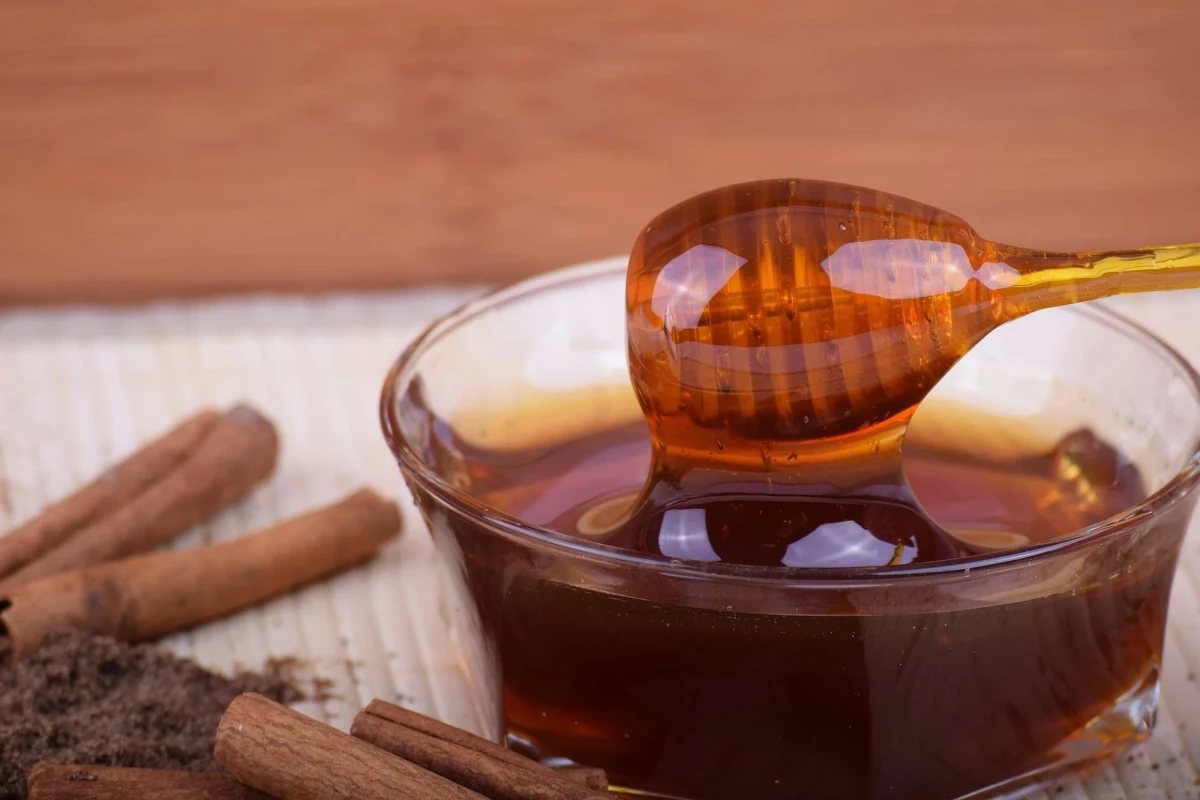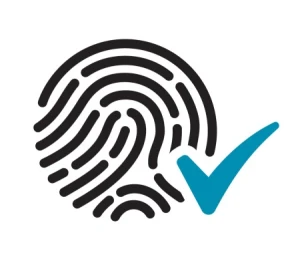
Testing the authenticity of honey is easy; All you need is a glass of water, a match, or your thumb. If the honey stays intact at the bottom of the glass, a honey covered match still lights, or a drop of honey stays intact on your thumb then its the real deal. At least thats what popular opinion will have you believe.
The extent of recent media coverage in Australia says otherwise. From homemade purity tests to NMR, chemical profiling or the C4 sugar test, the method and accuracy of honey tests (as well as the bodies administering them) are causing a lot of disruption in the media – not to mention the results.
But the answer may not lie in the tests, nor the product, but the practice.
Unfortunately, the media tends to lump ‘adulteration’ together into a single nefarious activity. This leads to the recommendation of blanket traceability/blockchain solutions that fail to differentiate between – and often miss – the more nuanced forms of adulteration.
The most recent publication (Scientific Reports, Zhou et al.) covers a market survey of over 100 honey samples from global sources (focusing on Australia) using two approaches – the ‘C4 sugar test’ and origin verification through chemical profiling. Both of which test naturally occurring properties within the honey, derived from the plants the bees pollinate. The main two plant varieties are C4 plants and C3, determined by the way they use carbon to produce sugar compounds.
The C4 sugar test uses the stable isotopes of carbon to determine the % of C4 sugar (in comparison to C3 sugar) in a sample of honey – sugars from C4 plants are from the family which includes sugarcane and corn (i.e. high fructose corn syrup) while C3 sugar derives from the nectar of plants the bees feed on (e.g. Manūka).
The test is an effective way to determine if honey adulteration has occurred through the addition of sugarcane or corn syrup, with 0% C4 sugar being allowed under AOAC (Association of Official Agricultural Chemists) guidelines and >7% being statistically robust to guarantee adulteration. Because the genuine nectar (from C3 plants) has more negative carbon isotope values compared to sugars from C4 plants, any addition of C4 sugars will cause the resulting mixture to have fewer negative values. For the samples tested in the study with more positive values (see table1, figure 1 in the article) the addition of cheap C4 sugars is the most likely cause, with the authors agreeing that the samples have been intentionally adulterated in this way.
Manūka honey, on the other hand, is a little more complicated due to its chemical components and hive management practices. Manūka honey will typically have a higher apparent C4 value than a comparative hive residing on pasture (i.e. clover) – a small part of this due to some of the components unique to the manuka plant that interact with protein/sugar, leading to ‘false positive’ test results.
Hive management, however, has a far larger role to play and one typically overlooked by most media coverage. Beekeepers typically keep their hives active prior to nectar flow and during poor weather (i.e. rain/wind) by feeding them with sugar water (i.e. a C4 sugar source). This C4 source substitute then finds its way into hive production in conjunction with the natural sector source. For the Australian and NZ derived honey in the publication, this is the most likely source of the higher C4 levels – not the blending of the final product. A further summary can be found here.
Despite only a few countries requiring the AOAC C4 test as a part of formal import release (UK, China etc.), it can be quite limiting, with Manūka that doesn’t past the C4 test to enter these countries being sold domestically or to other countries that do not demand it.
Further complicating matters, other C3 plants are also refined for their sugar source (rice, sugarbeet etc.), and this has been one of the shortcomings of the AOAC method: it is possible to use C3 sugar to adulterate honey by bulking it out and this would go undetected by the standard isotope test.
This is where the work also reported recently from a German lab comes into play… The new method using NMR (an MRI for sample testing) can detect these forms of alteration by looking at the hydrogen component of the sugars rather than the carbon, proving several honeys from Australia to be adulterated in this way. There is some debate about the validity of the method, though it has been well established in the wine testing industry for 25+ years. No doubt we will see further use of these newer methods considering the poor practices pervading parts of the industry.
The later part of the study utilises chemical profiling as a method to verify the origin of the honey tested – an approach related to the methodology we employ here at Oritain – but, by the author’s own admission, their sample set size was too small to infer any major conclusions. It’s supportive to see a similar approach in well regarded academic literature and, combined with Oritain’s global database of honey and statistical methodology, we are able to provide a robust platform to offer verification services commercially.
Chemical profiling analyses the presence and abundance of trace elements and isotopes to determine the product’s origin. Both indicators are influenced by the geochemistry of the environment and provide an incredibly robust verification of origin – interpreted at Oritain through complicated multi-variate statistical models that provide a more accessible ‘fingerprint of origin’.
Once this fingerprint is established, we conduct testing at various points in the supply chain, comparing the new samples to the original fingerprint of origin. An inconsistent match implies origin adulteration of some kind (could be geographical or botanical). Where other tests falter, Oritain’s forensic science approach matches back to the unique geochemical profile of the product’s origin, providing complete assurance to both producer and consumer.
In a market where brand reputation, quality and origin are so intrinsically linked, having confidence in the authenticity of your product – and being able to pass this onto consumers – is vital. And having robust, proven science underpinning these claims should no longer be considered a luxury. It’s not enough to rely on a glass of water, a matchstick, or your thumb.
Disclaimer: The information provided in this document does not and is not intended to constitute legal advice. Instead, all information presented here is for general informational purposes only. Counsel should be consulted with respect to any particular legal situation.
